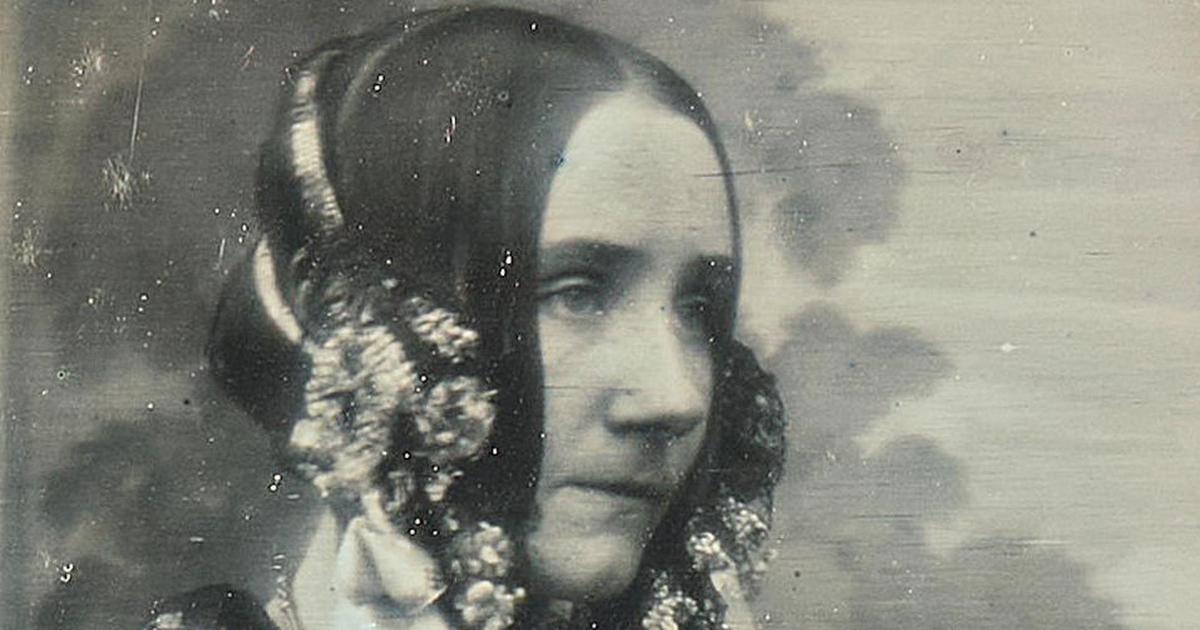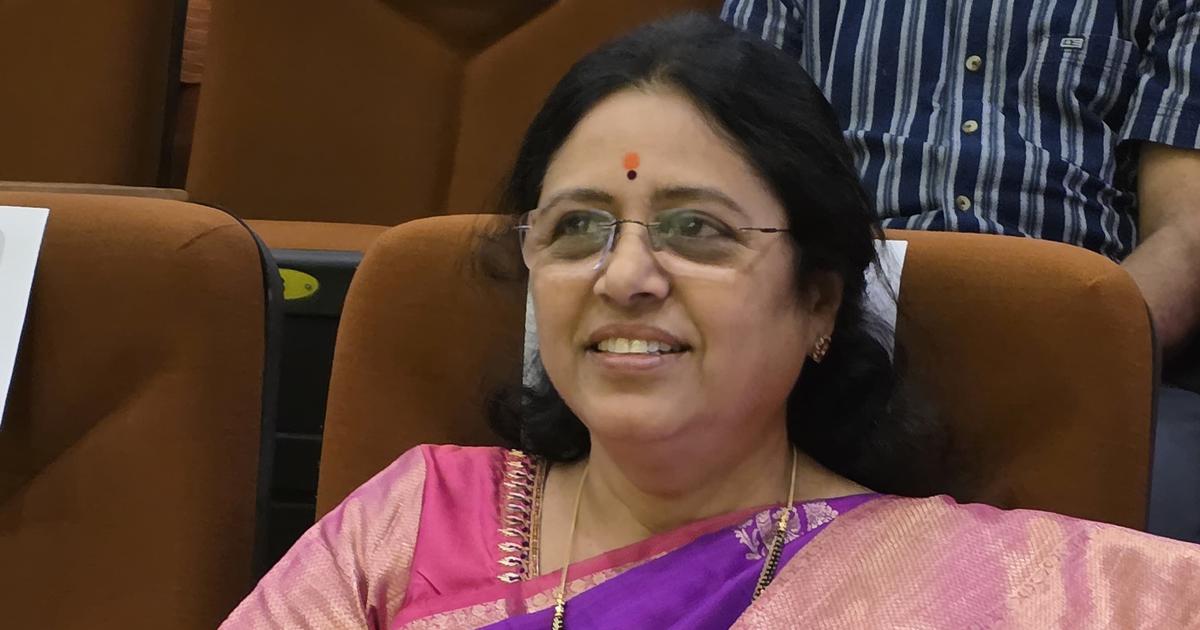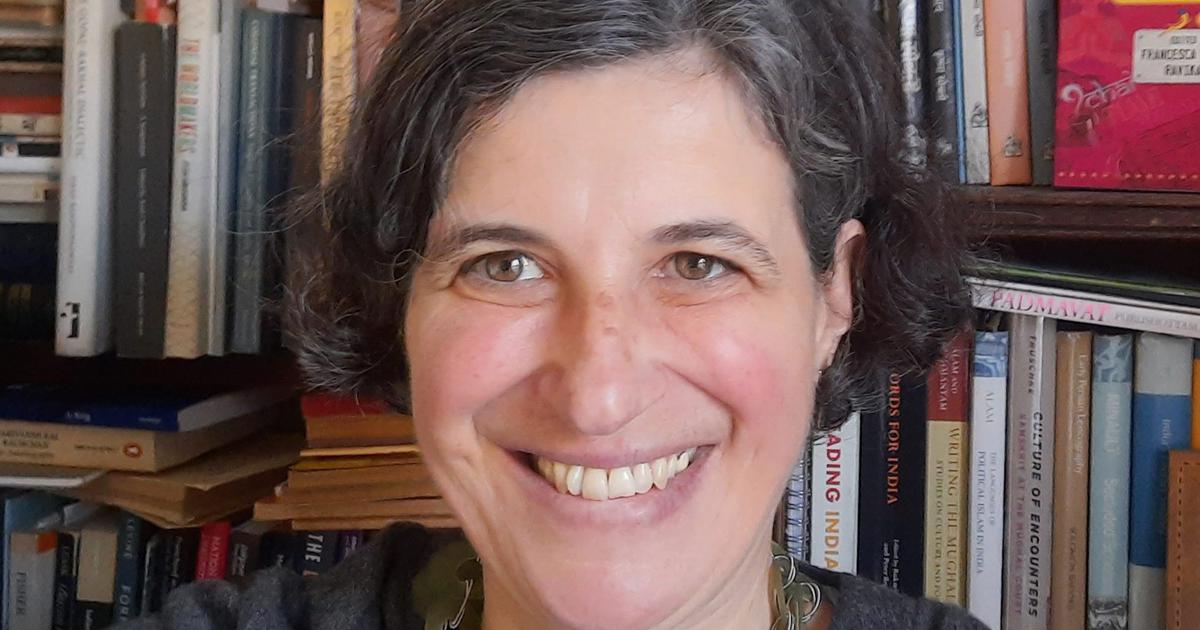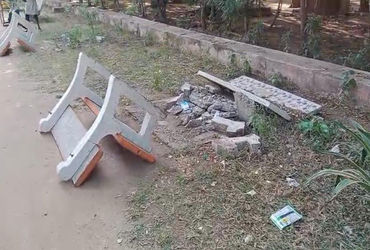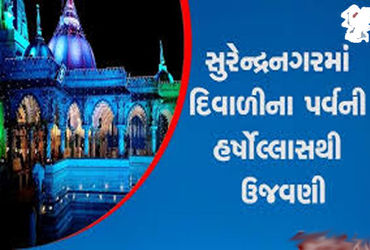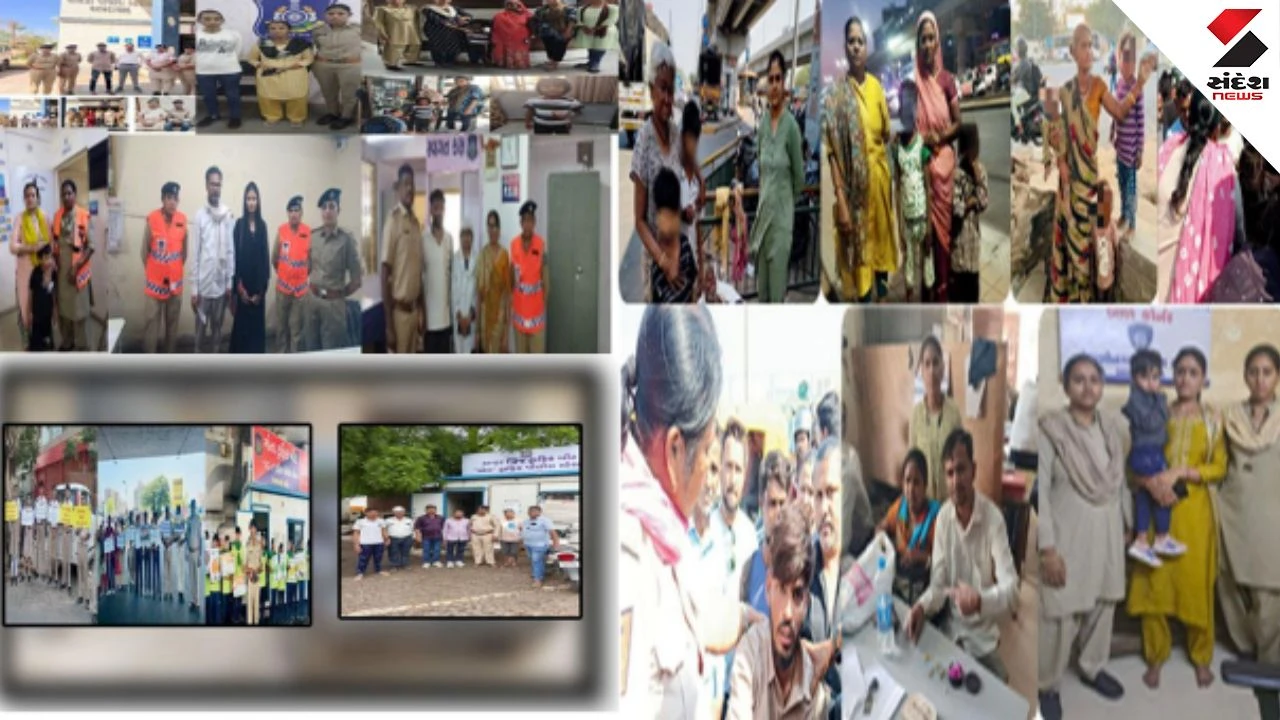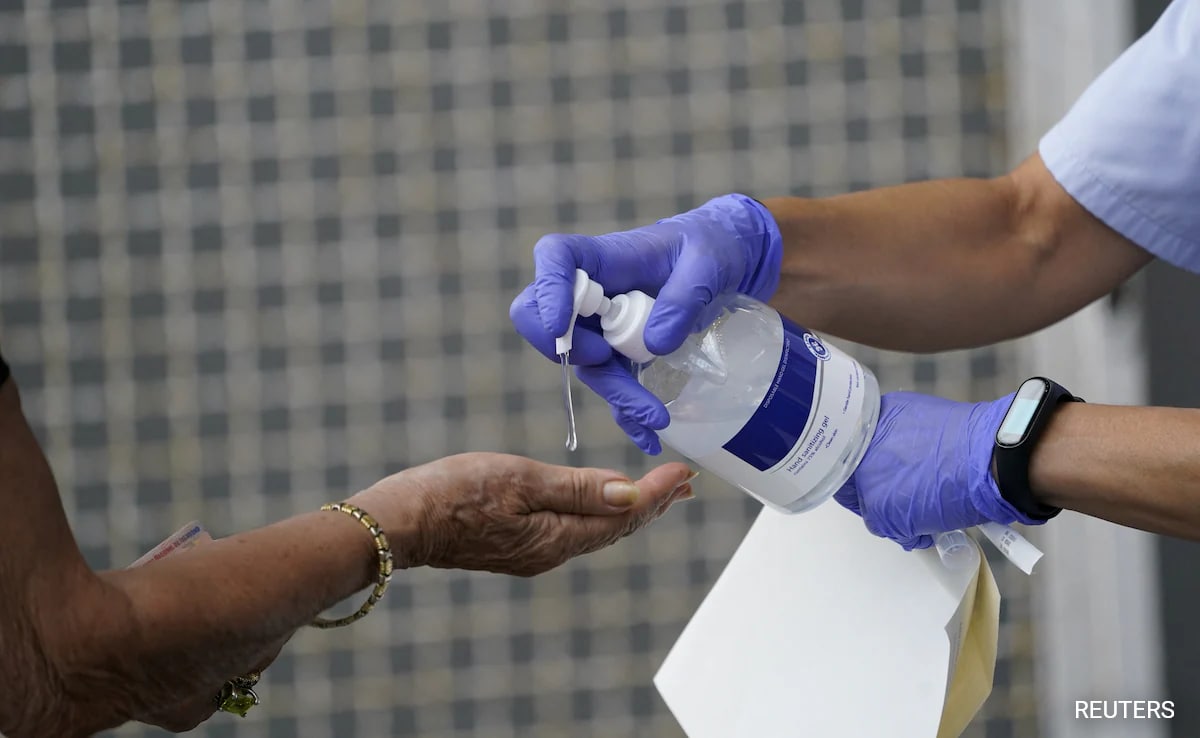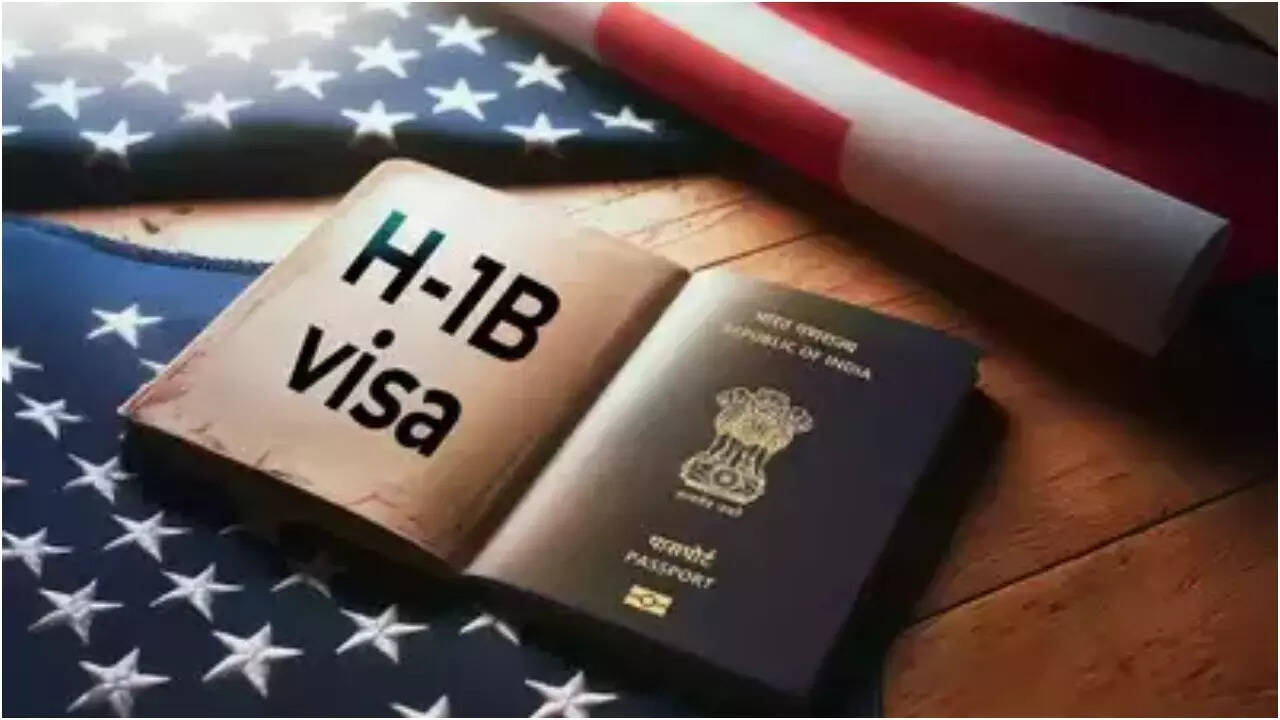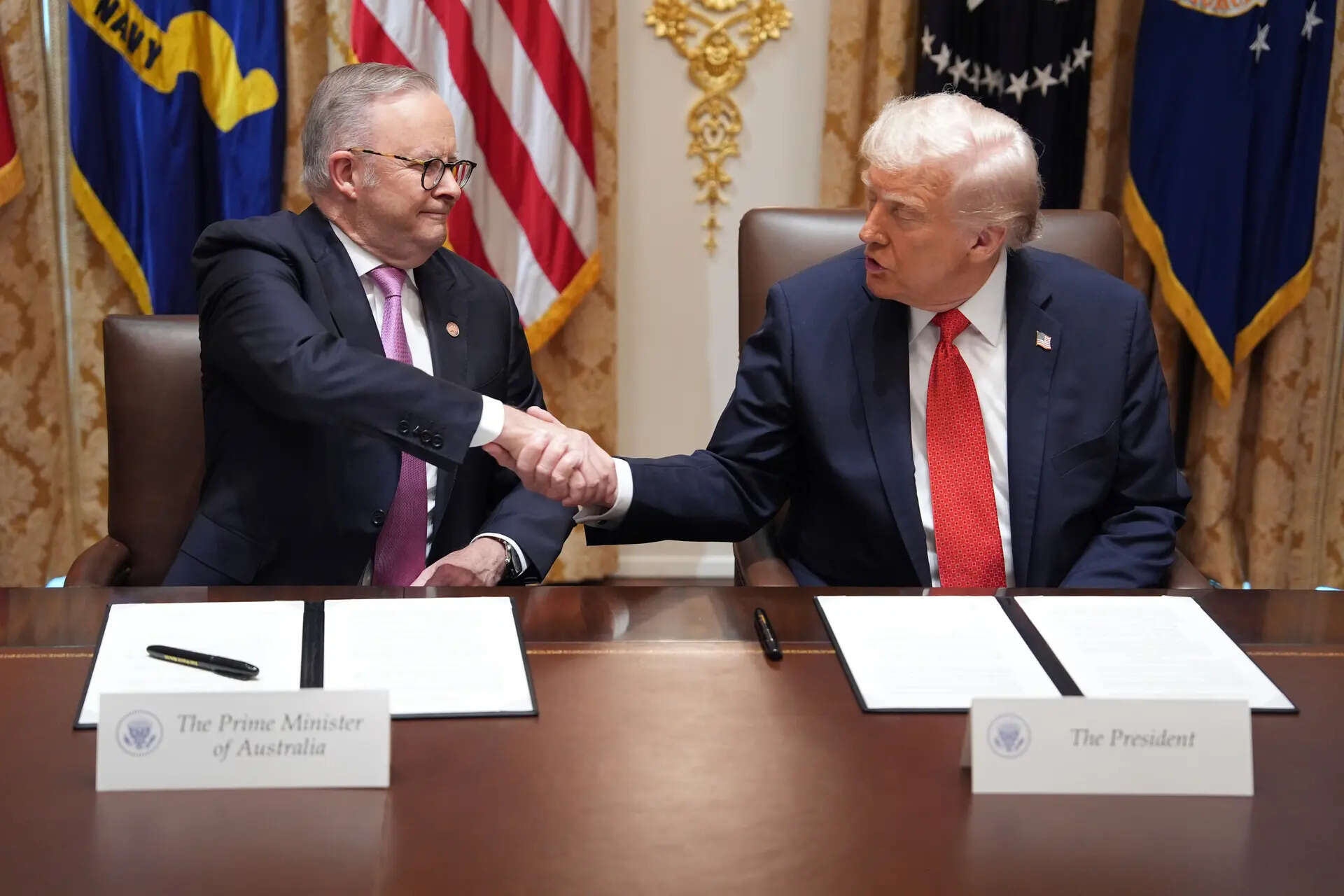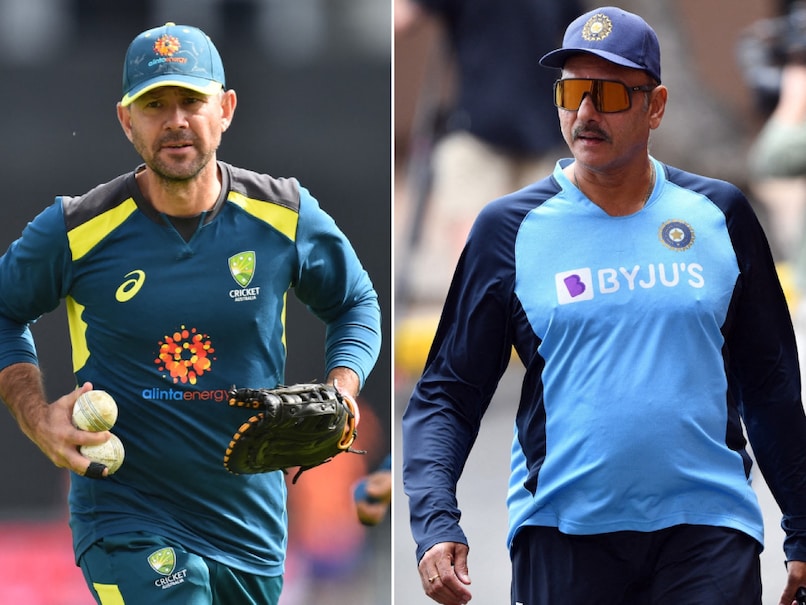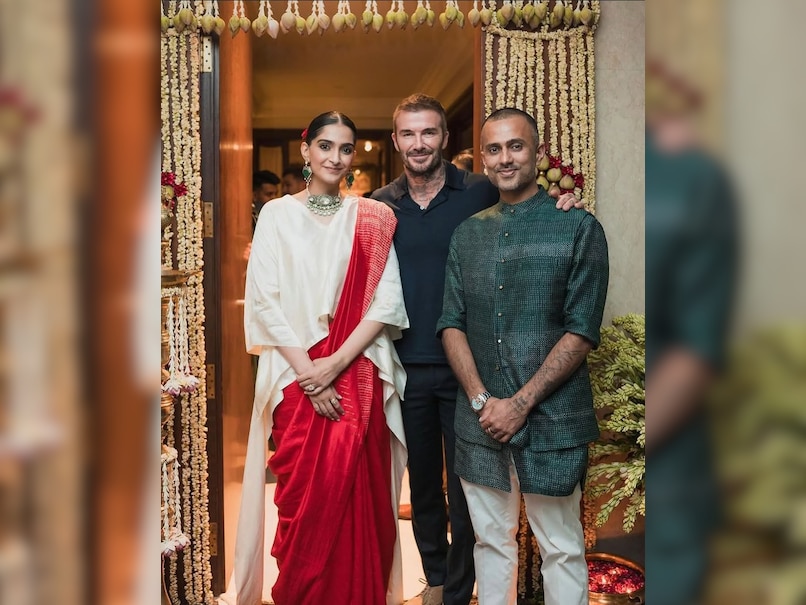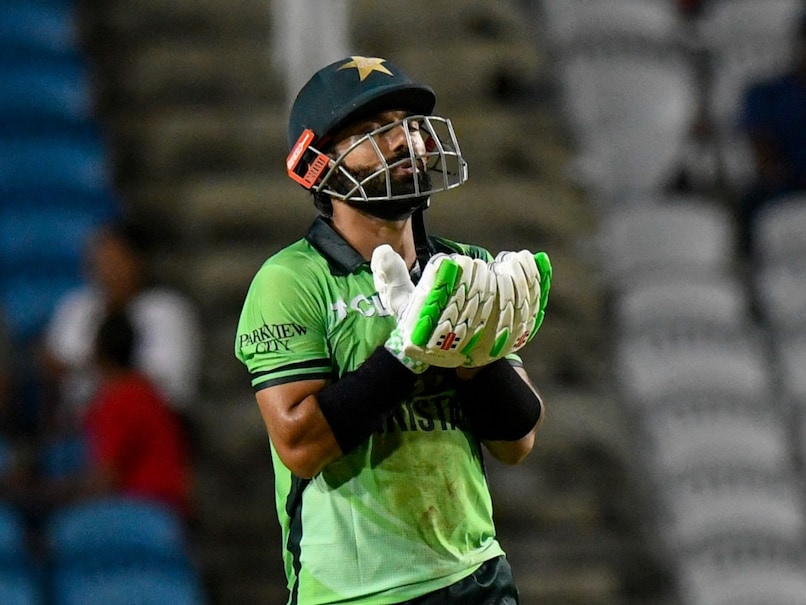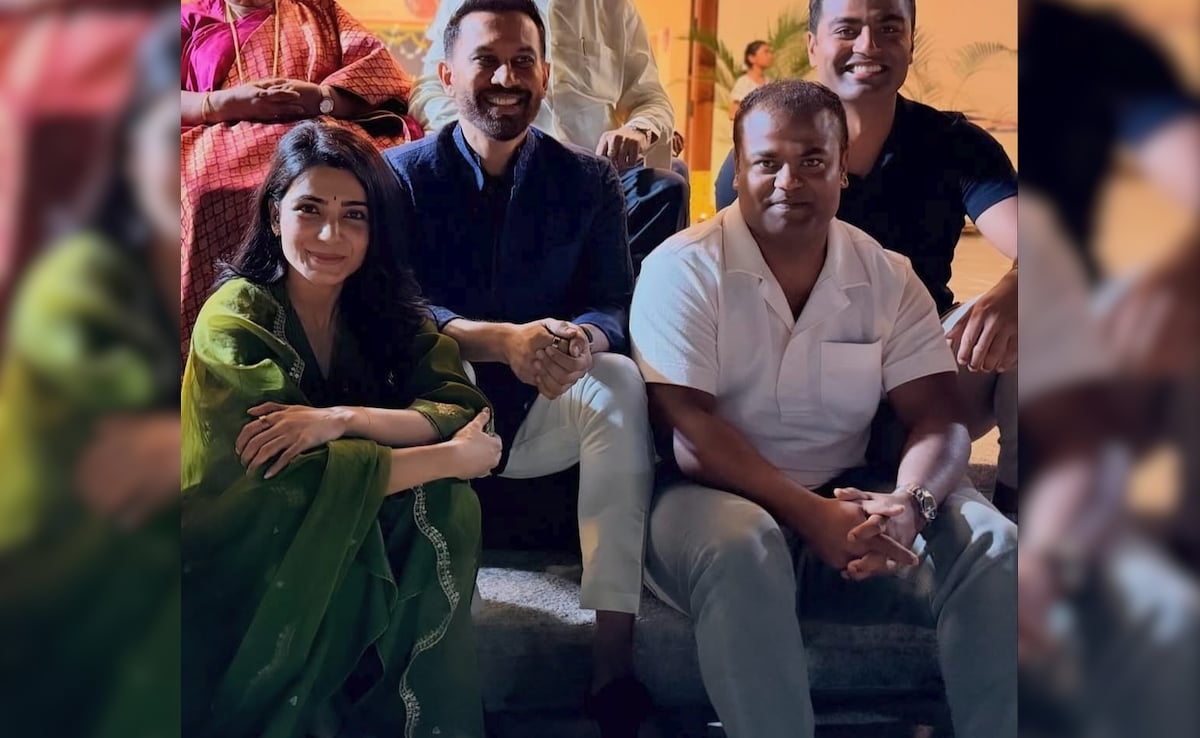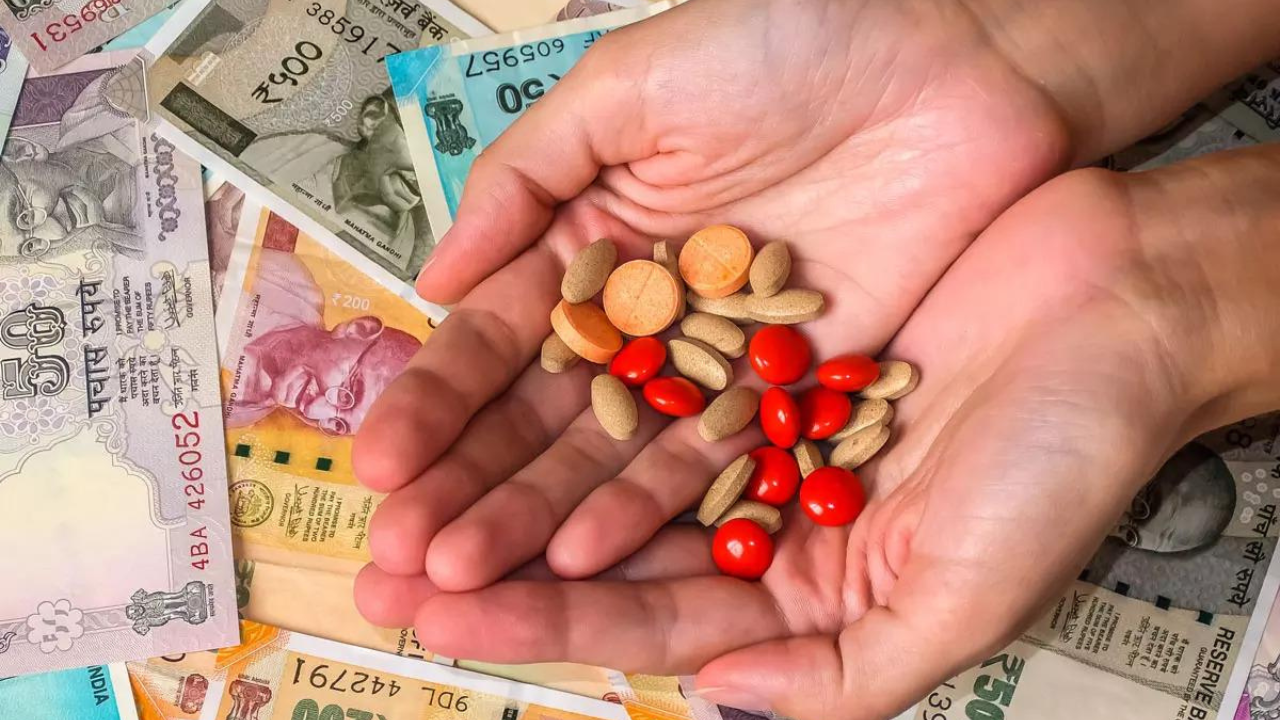This book studies gender in Bengal’s nationalist policies (and the evolution of the ‘bhadramahila’)

Join our WhatsApp Community to receive travel deals, free stays, and special offers!
- Join Now -
Join our WhatsApp Community to receive travel deals, free stays, and special offers!
- Join Now -

The late 1920s and early 1930s witnessed a transitional moment in the evolving politics of gender in colonial Bengal. From this time onwards, there were definitive and important positional shifts in the construction of the normative ideals of femininity – shifts that took into account the changed context of women’s domestic and public roles, newer sensibilities of colonial romanticism and modernity, and the new challenges represented by the women’s movement and the increasing communalisation of politics. There was an endeavour to make women and the home into national icons really represented the efforts of bhadralok nationalists to define “the nation” in their own image, and to appoint themselves guardians of its political project. The new ways of communitarian ideologies – whether Hindu or Muslim – were becoming increasingly influential, and this posed several challenges for Indian feminism and its traditions of political secularism, which had sought to build cross-communal solidarities. Ideologically, it meant a reinforcement of older stereotypes of women’s “virtues” of self-sacrifice.
At the level of practical politics, it meant that women’s entry into formal political life came about less because of a radical groundswell from below, and more as the consequence of male patronage from above, implying considerable political...
Read more
What's Your Reaction?
 Like
0
Like
0
 Dislike
0
Dislike
0
 Love
0
Love
0
 Funny
0
Funny
0
 Angry
0
Angry
0
 Sad
0
Sad
0
 Wow
0
Wow
0

